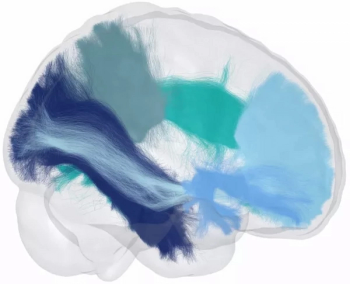
Through automated processing of diffusion-weighted magnetic resonance imaging (MRI) scans, the Advanced Neuro Diagnostic Imaging (ANDI) software performs detailed analysis of white matter microstructure.

Through automated processing of diffusion-weighted magnetic resonance imaging (MRI) scans, the Advanced Neuro Diagnostic Imaging (ANDI) software performs detailed analysis of white matter microstructure.

Catch up on the top radiology news of the past week.
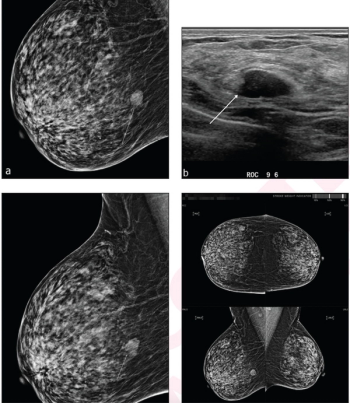
In a study of over 1.300 women with dense breasts, the combination of mammography and ultrasound had a recall rate of 11.7 percent, a specificity rate of 89.1 percent and an accuracy rate of 89.2 percent in comparison to a 21.4 percent recall rate, 79.4 percent specificity and 79.5 percent accuracy for the combination of mammography, ultrasound, and artificial intelligence (AI).

Indicated for use in two-dimensional transthoracic echocardiography (2D-TTE) in adults, the AI Guidance software reportedly enables novice ultrasound users to obtain real-time cardiac imaging at the point of care.
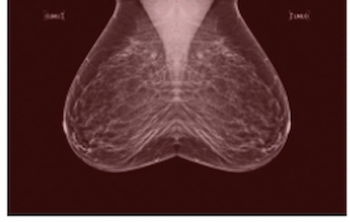
In a dataset enriched for African American women, BRCA mutation carriers and those with benign breast disease, a mammography-based deep learning model demonstrated a five-year AUC of 63 percent for predicting breast cancer in comparison to 54 percent for BI-RADS assessment.
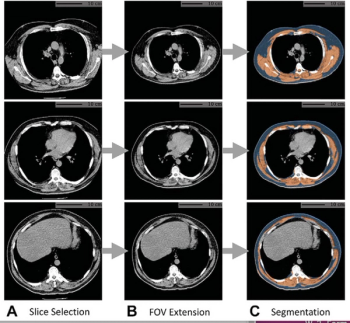
In a study of over 20,700 people, researchers found that artificial intelligence (AI) analysis of body composition measurements via lung cancer screening computed tomography (CT) exams improves the prediction of mortality risks for lung cancer, cardiovascular disease, and all-cause mortality.

Catch up on the top radiology news of the past week.

An artificial intelligence model, trained on MRI and FLAIR imaging from over 900 patients with multiple sclerosis, demonstrated a 96 percent accuracy rate and 99 percent specificity rate for contrast-enhancing lesions in this patient population.

Catch up on the top radiology content of the past week.
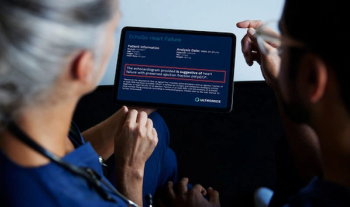
An artificial intelligence (AI)-enabled platform that can reportedly diagnose heart failure with preserved ejection fraction (HFpEF) through analysis of a single echocardiogram view, the EchoGo Heart Failure now has a HCPCS code for use of the technology in outpatient settings for Medicare beneficiaries.
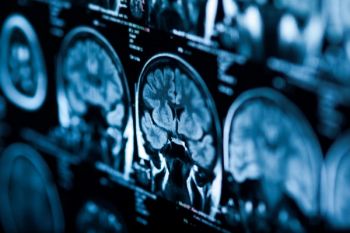
Reportedly receiving the first Current Procedural Terminology (CPT) III code from the American Medical Association (AMA) for artificial intelligence (AI)-enabled brain magnetic resonance imaging (MRI) software, Icometrix says its adjunctive quantification software can be utilized for diagnosis and assessment of conditions ranging from Alzheimer’s disease and epilepsy to stroke and dementia.
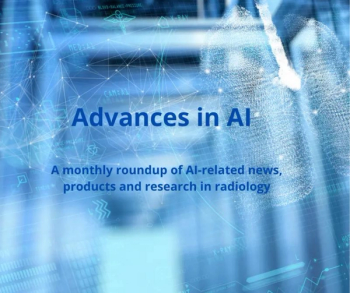
Catch up on the top AI-related news and research from the past month.
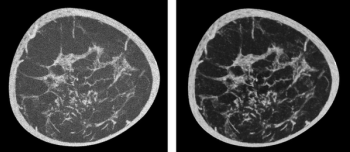
The artificial intelligence (AI) software facilitates high-resolution three-dimensional computed tomography (CT) images of the breast.
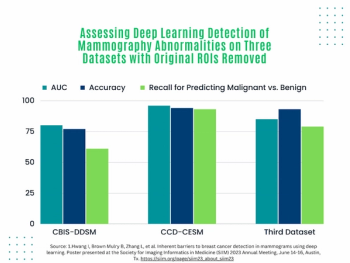
In multiple mammography datasets with the original radiologist-detected abnormality removed, deep learning detection of breast cancer had an average area under the curve (AUC) of 87 percent and an accuracy rate of 83 percent, according to research presented at the recent Society for Imaging Informatics in Medicine (SIIM) conference.

Catch up on the top radiology content of the past week.

In a recent video interview from the Society for Imaging Informatics in Medicine (SIIM) conference, Ali Tejani, M.D., discussed pertinent insights on leveraging the value of adjunctive artificial intelligence (AI)-enabled triage software for computed tomography (CT) scans with radiology workflow improvements to achieve “clinically meaningful change” for patients with incidental pulmonary emboli findings.

Catch up on the top radiology content of the past week.
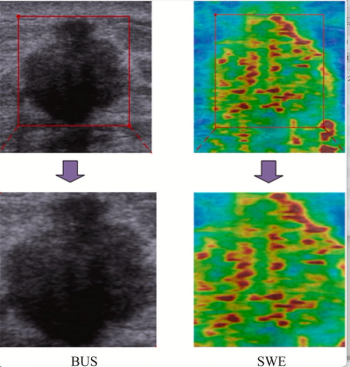
Researchers found that a deep convolutional neural network, incorporating B-mode ultrasound and shear wave elastography data, had nearly an 88 percent sensitivity rate for predicting neoadjuvant chemotherapy response in patients with breast cancer.
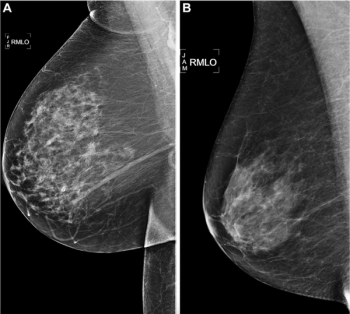
Five artificial intelligence (AI) algorithms for mammography assessment were better at predicting breast cancer risk over five years than the Breast Cancer Surveillance Consortium (BCSC) risk model, according to new retrospective research involving over 13,000 women.
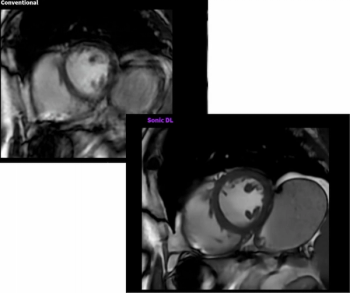
Powered by deep learning technology, Sonic DL reportedly facilitates the acquisition of cardiac magnetic resonance imaging (MRI) scans at 12 times the speed of conventional MRI systems.

Catch up on the top radiology content of the past week.
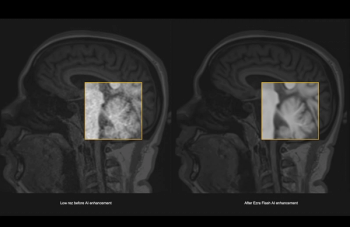
The artificial intelligence (AI)-powered Ezra Flash reportedly enhances magnetic resonance imaging (MRI) and enables significant reductions in scan times and costs for full-body MRI.
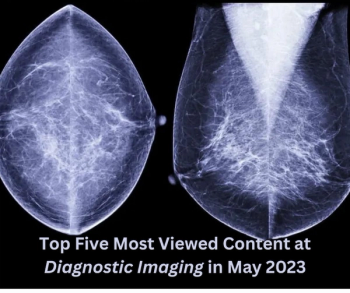
Catch up on the top five most viewed content at Diagnostic Imaging for the month of May 2023.

Precision DL, a deep learning-based software which will be available on GE HealthCare’s Omni Legend PET/CT device, reportedly increases the detectability of small, low-contrast lesions by 42 percent.
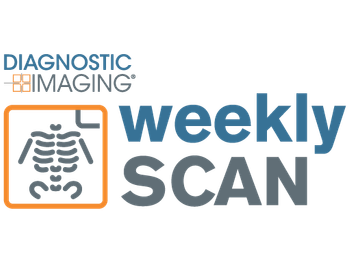
Catch up on the top radiology content of the past week.